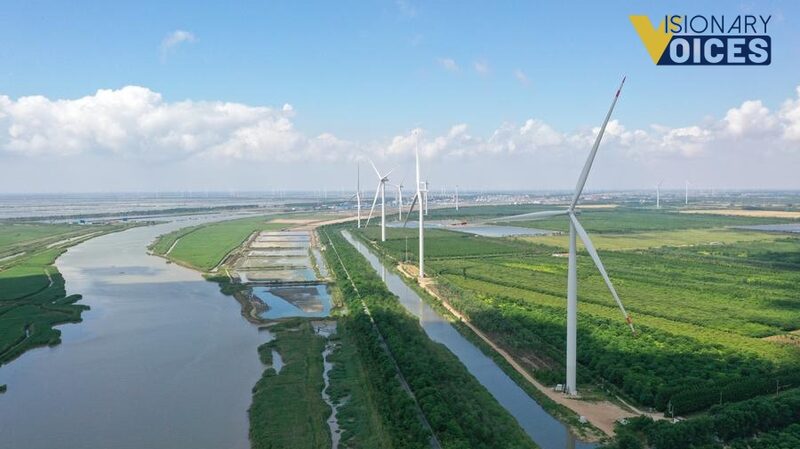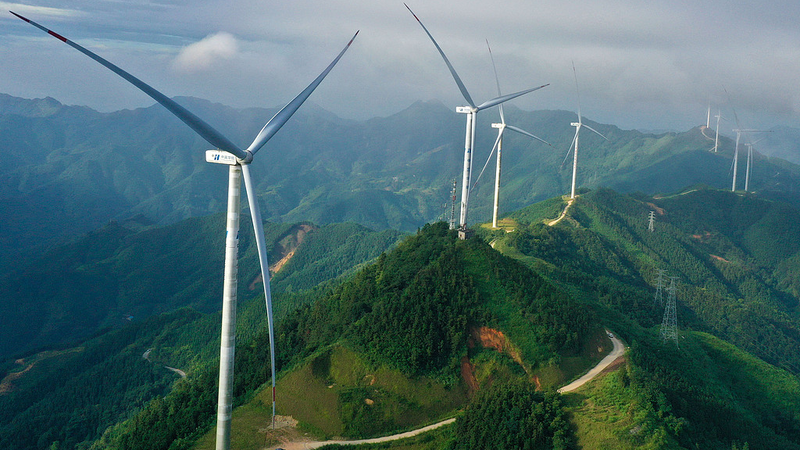🌍 As the world races to combat climate change, China is stepping up with a mix of bold policies and innovative strategies. From ambitious carbon-neutral targets to tech-driven green solutions, here’s how the country is reshaping its environmental playbook—and inspiring global action.
The Paris Agreement & China’s Path
Unlike older climate frameworks, the Paris Agreement gives nations flexibility to balance growth and sustainability. China’s approach? A "common but differentiated" roadmap: prioritizing low-carbon tech while acknowledging its evolving economy. 🏗️⚡ Think solar farms, electric vehicles, and wind power—paired with a pragmatic focus on gradual transformation.
Dual Carbon Goals: Ambitious and Achievable?
In 2020, President Xi Jinping pledged to peak emissions by 2030 and hit carbon neutrality by 2060. But how? It’s not just about cutting coal. China’s strategy blends domestic innovation (like green hydrogen projects) with global collaboration—sharing tech and investments through initiatives like the Belt and Road. 🌏🔋
Dual Circulation: The Game-Changer
Here’s the twist: China’s "dual circulation" model aims to boost local industries (think EV batteries and renewables) while staying globally connected. This two-way flow of ideas and trade helps balance economic stability with eco-friendly progress. 💡🌱
A Blueprint for Global Cooperation
China’s climate blueprint isn’t just local—it’s shaping international dialogues. By leading in green tech exports and multilateral partnerships, the country is proving that sustainability can drive growth, not limit it. For young innovators and activists worldwide, this could be a roadmap worth watching. ✨🚀
Reference(s):
China's climate blueprint: National action drives global carbon goals
cgtn.com






